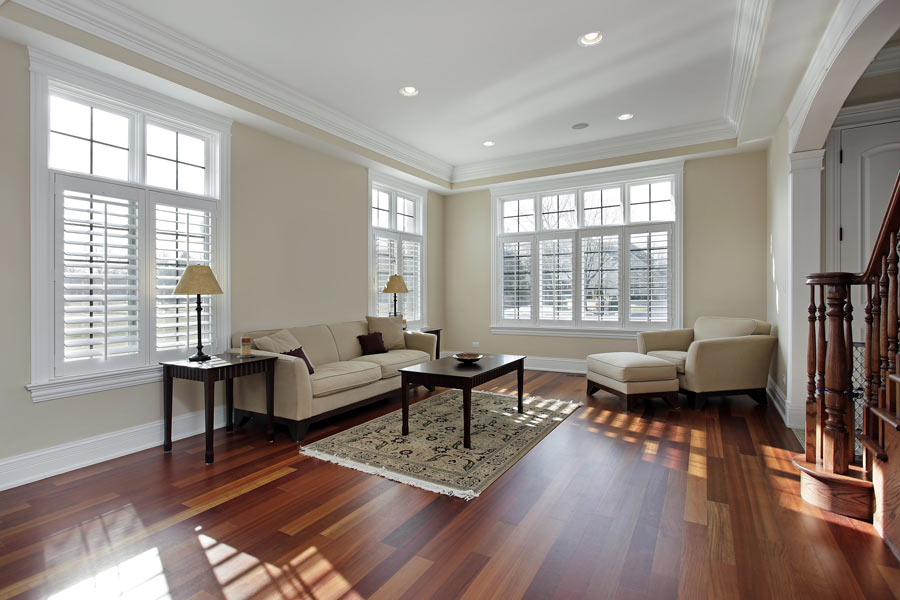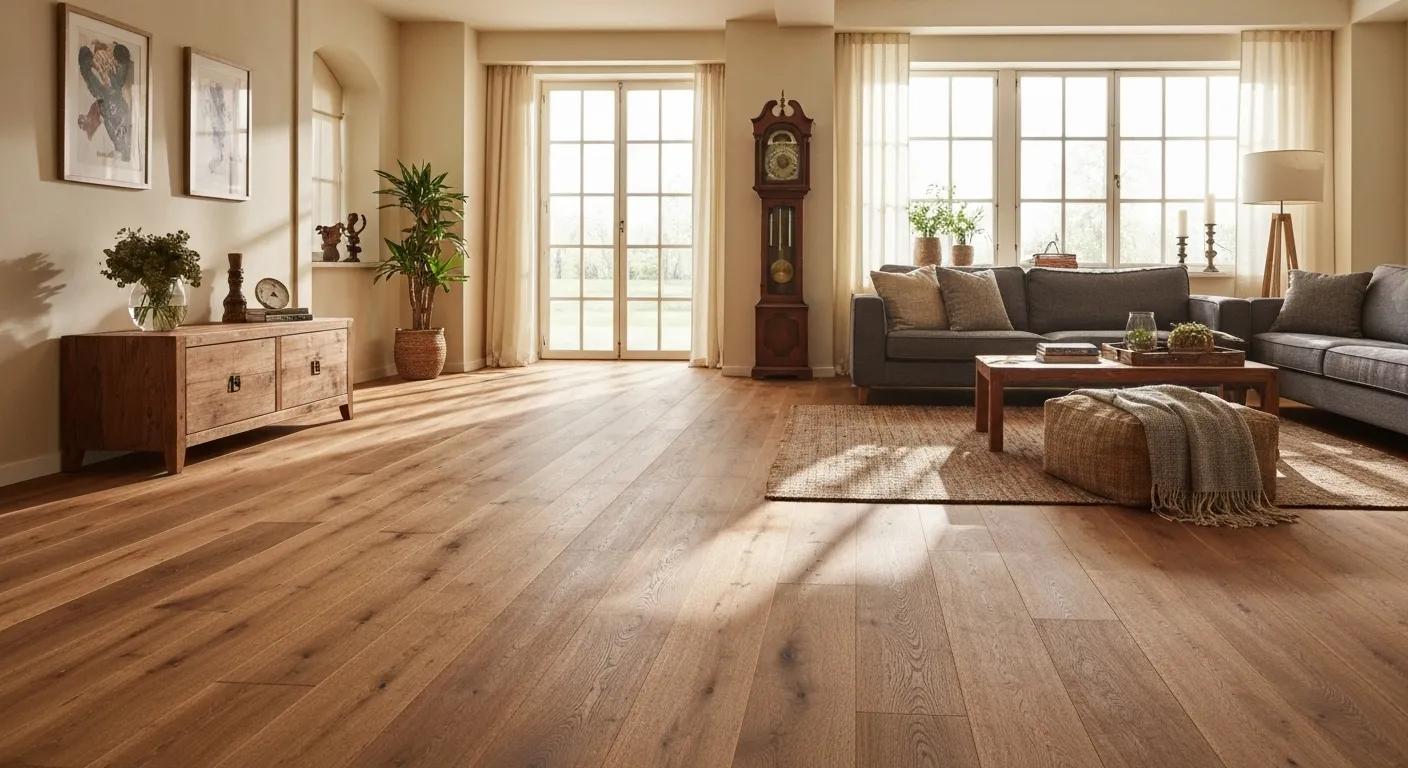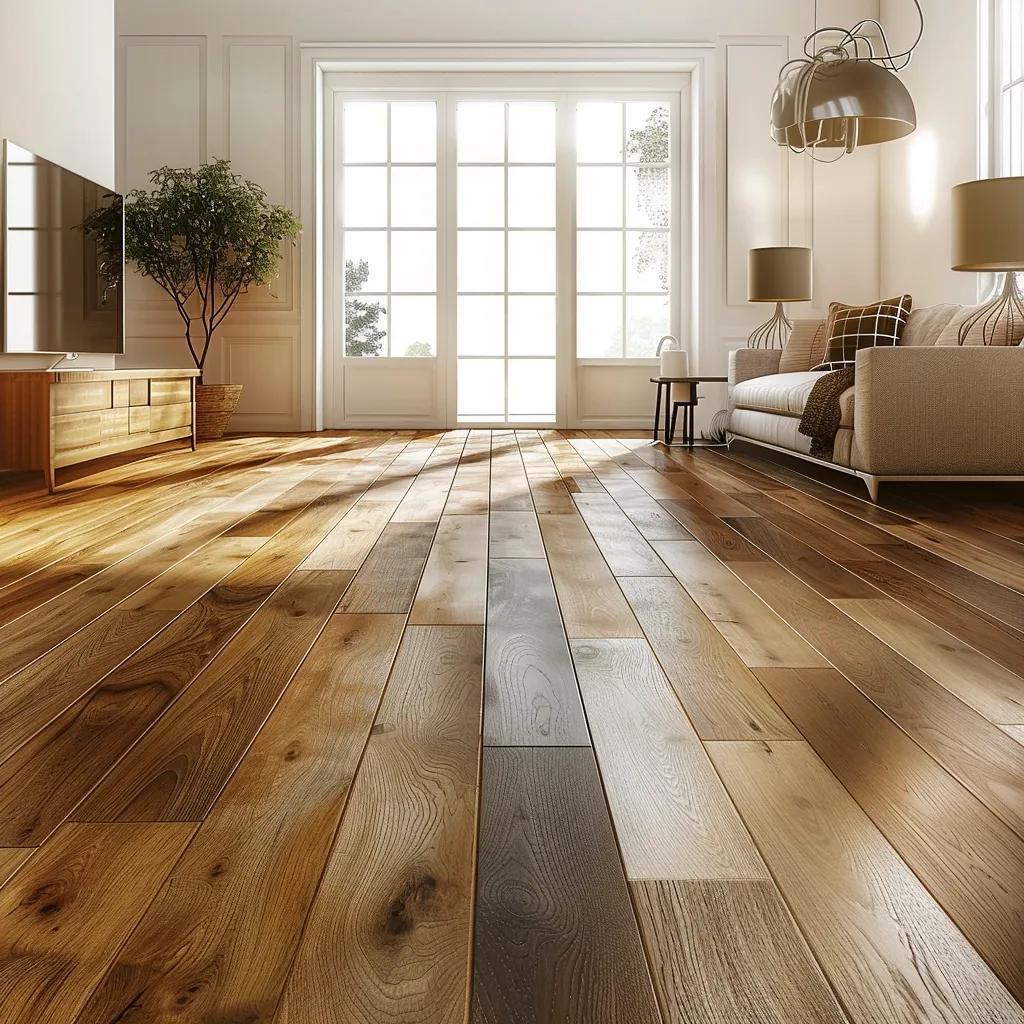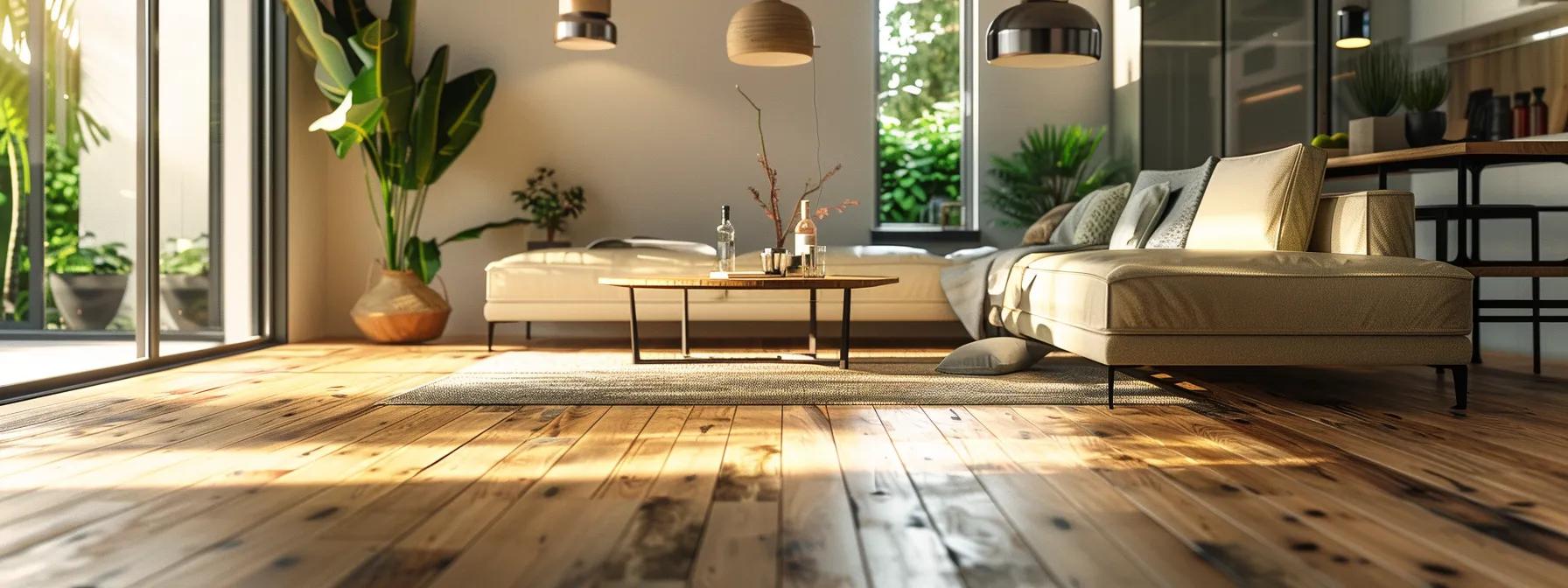Your wood floors have seen it all — the muddy paw prints, the endless footsteps, and maybe even the occasional spilled glass of wine. But now, they’re looking a bit worn out, and you’re stuck wondering: should you refinish or replace them? It’s a tough call, but the answer might surprise you. Let’s break it down and uncover the hidden truth about refinishing vs. replacing floors.
When to Refinish vs. Replace Hardwood Floors
The first question to ask yourself is: how bad is the damage?
Refinish your floors if:
- Scratches and scuffs are only surface-level.
- The color has faded, but the wood is still solid.
- You want to change the stain color without replacing the entire floor.
Replace your floors if:
- There’s structural damage, like warping or deep gouges.
- The wood has been refinished too many times already.
- You want a completely different type of flooring.
If your hardwood floors have a few battle scars but are otherwise sturdy, refinishing might be the perfect fix. But if the damage goes deeper than the surface, replacement could be the only way forward.

Cost Comparison: Refinishing vs. Replacement
Let’s talk money. After all, your budget plays a big role in your decision.
- Refinishing floors: Typically costs between $3 to $8 per square foot.
- Replacing hardwood floors: Usually runs between $8 to $15 per square foot, depending on the wood type and installation costs.
In most cases, refinishing is cheaper than replacing. You’re keeping the existing wood, sanding it down, and adding a fresh finish. Replacement involves removing old flooring, purchasing new materials, and paying for installation.
Bottom line: If your budget is tight, refinishing often makes more sense. But if you’re after a total transformation, replacement might be worth the investment.
Signs Your Floors Need Refinishing
How can you tell if it’s time to refinish your floors? Watch for these signs:
- Dull, faded finish: If the shine is gone, a new coat of finish can bring it back.
- Light scratches: Surface-level damage usually disappears with sanding process.
- Discoloration: UV rays from sunlight can fade wood over time — refinishing helps even out the color.
- Water stains: Small, shallow stains can often be buffed out.
If the damage looks purely cosmetic, refinishing should do the trick.
Is Refinishing Cheaper than Replacing?
Yes — most of the time. Refinishing hardwood floors costs about half (or less) than a full replacement. But keep in mind, if your floors have been refinished multiple times before, they may be too thin for another round of sanding and refinish. At that point, replacement becomes the only option.
BK Flooring Services can help assess the condition of your floors and give you an honest recommendation.
How Long Does Refinishing Last?
A professionally refinished hardwood floor can last 7 to 10 years — sometimes longer with proper care. Regular sweeping, using furniture pads, and avoiding excessive moisture can extend the life of your floors.
By comparison, brand-new hardwood floors can last decades, but they come with a higher upfront cost.
Pros and Cons of Refinishing Floors
Every choice has its ups and downs. Let’s weigh the pros and cons of refinishing floors.
Pros:
- More affordable than replacing.
- Preserves the character of your home’s original flooring.
- Quicker process — usually 2 to 5 days.
- Allows for stain color changes without new wood.
Cons:
- Can only be done a limited number of times.
- Doesn’t fix deep structural damage.
- Dust and fumes can be a hassle during the process.
Ultimately, if your floors are structurally sound but just need a facelift, refinishing is often the smarter choice.

Environmental Impact of Refinishing vs. Replacing
Concerned about your carbon footprint? Refinishing is the greener option.
Refinishing reuses existing wood, reducing waste. Replacing floors, however, often means old materials end up in a landfill. Plus, manufacturing new flooring uses more energy and resources.
By choosing to refinish, you’re not only saving money but also helping the planet.
What Adds More Home Value: Refinishing or New Floors?
Which option boosts your home’s value more?
- Refinishing: Can increase your home’s value by 3% to 5%, especially if your floors were in rough shape before.
- Replacing: Adds value if you’re upgrading to high-end materials or modern designs.
If you’re planning to sell soon, a professional refinishing job can freshen up your home’s look without a major investment. However, if your floors are outdated or damaged beyond repair, new floors might attract more buyers.
FAQs About Refinishing vs. Replacing Floors
- How do I know if my floors are too thin to refinish? A flooring pro can measure the thickness. If there’s less than 1/8 inch of wood above the tongue-and-groove, refinishing may not be possible.
- Will refinishing fix squeaky floors? No — squeaks usually come from loose subflooring or nails. That’s a separate fix.
- Can I change the color of my floors without replacing them? Yes! Refinishing allows you to sand down and apply a new stain color.
- Is there a lot of dust when refinishing? Modern refinishing equipment often has dust containment systems, but some dust is still unavoidable.
Final Thoughts: What’s Right for Your Floors?
When it comes to refinishing vs. replacing floors, there’s no one-size-fits-all answer. If your hardwood floors have surface-level damage, refinishing can restore their beauty for less money and less hassle. But if the damage runs deep or has water damage, replacement might be your best bet.
At BK Flooring Services, we’re here to guide you through the process. Whether you want to bring your old floors back to life or start fresh with new ones, we treat your home with care and work within your timeline and budget. Prefer speaking Spanish? We’re fluent and ready to assist.
Don’t wait — contact BK Flooring Services today to learn how we can transform your floors!






